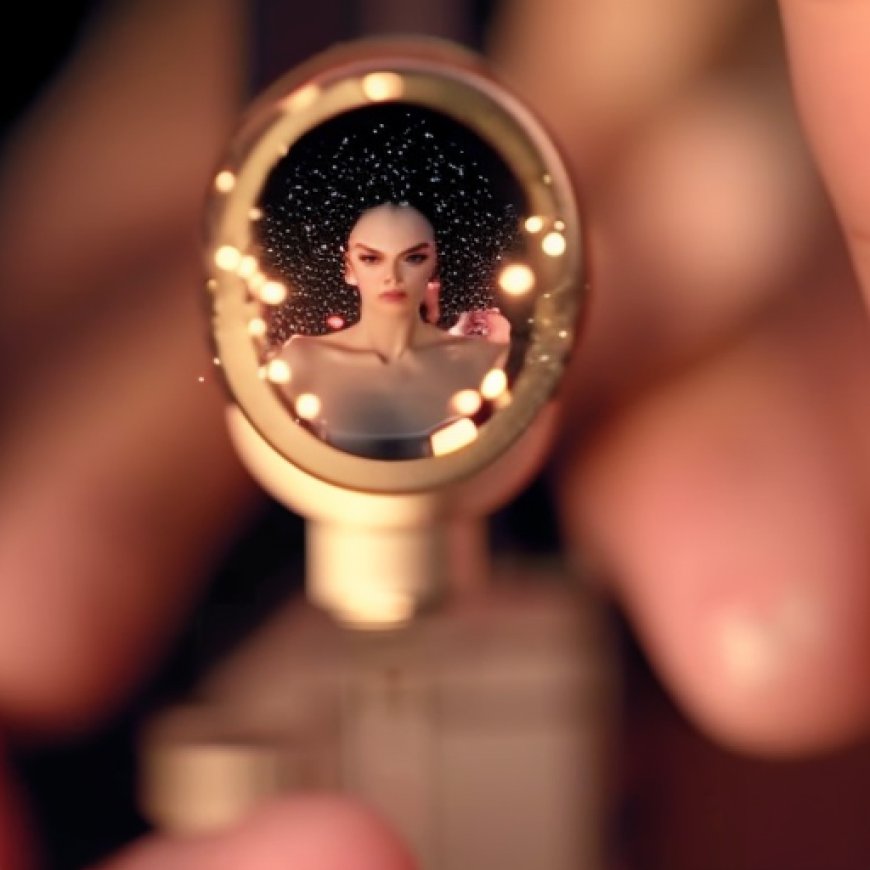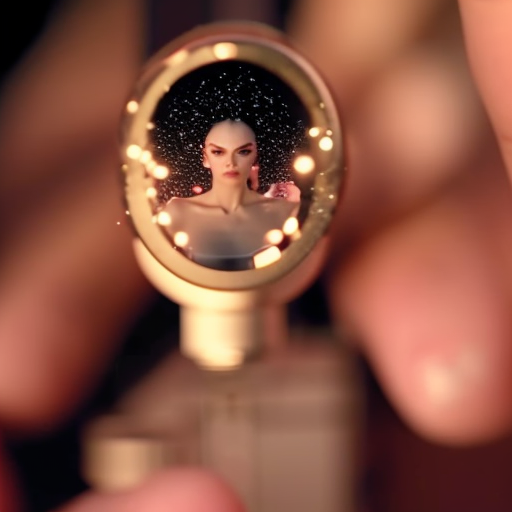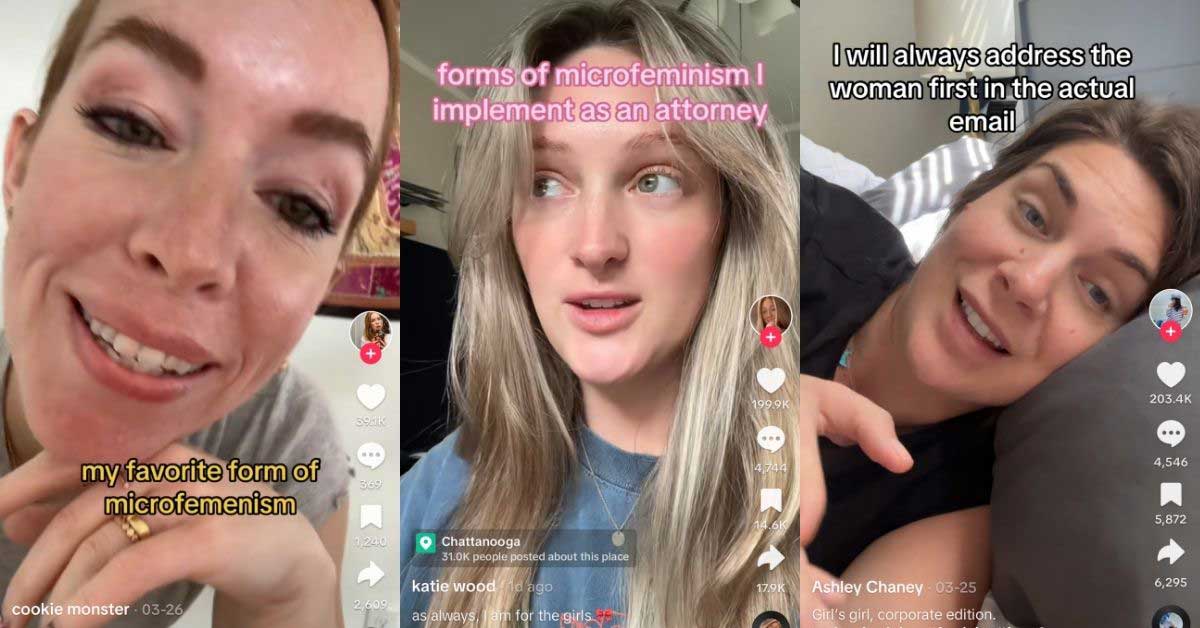‘Micro-feminsim’ explained: This TikTok trend is fighting gender inequality in tiny ways
'Micro-feminsim' explained: This TikTok trend is fighting gender inequality in tiny ways Good Good Good


TikTok Trend: Micro-Feminism

TikTok trends come in all shapes and sizes: dance routines that low-key feel so hard they must have been created by a professional choreographer, “de-influencing” popular products in the name of reducing wasteful consumerism, and even using filters on “get ready with me” videos for a good cause.
Gone the way of de-influencing, a new trend has taken hold on the social media app that could have tangible implications socially and culturally. It’s called “micro-feminism.”
What is Micro-Feminism?
Essentially, micro-feminism refers to the small, subtle changes someone might make, especially in the workplace, to fight gender inequality.
“Instead of like, standing up, burning your bra, and screaming at people, it’s like little acts that make men pissed off,” TikTok creator Katie Wood said in a video about the subject. “And it’s my favorite f—ing thing to do.”
Wood then goes on to list some ways she practices micro-feminism in her job as an attorney.
- When someone at her job mentions talking to the board, chairperson, or CEO, she always replies with “let me know what she says.”
- She emphasizes using “she” by default.
While feminism takes many forms, the core idea is that people of all genders deserve liberation from oppression. While more radical actions like “bra-burning” and “standing up and screaming” have their place, practical, everyday actions like micro-feminism also make a difference.
Micro-feminism is often a response to “microaggressions,” which are small, daily acts of oppression. For example, a TikTok clip shows a man assuming a woman was a flight attendant, despite her introducing herself as a pilot moments earlier.
Examples of Micro-Feminism
TikTok creators like Ashley Chaney have also joined the conversation about micro-feminism. Chaney shared that when she emails a group of people, she always addresses the email to the woman first and the man second.
Thousands of users have commented on Wood and Chaney’s TikToks, sharing their own ideas for micro-feminism acts:
- One commenter writes that they always put the wife’s name first on real estate contracts, even though it makes no difference to the contract itself.
- Another commenter addressed their wedding invitations as “Mrs. & Mr. Jane Smith.”
- One user congratulates male coworkers on their projects or presentations by saying “great job gentlemen” or “great job boys,” mirroring how professional men say “great job ladies/girls.”
- Another person mentions that they no longer use the phrase “I just wanted to reach out…” in emails, as it diminishes the importance of their message.
While these actions may seem small, the collective effort of thousands of women sharing and discovering ways to reclaim their power is empowering. It also serves as a reminder to employers, especially as major corporations cut their diversity, equity, and inclusion programs, that fighting against harmful stereotypes is crucial for achieving equality in the workplace.
As one TikTok user states, “This comment section made me realize we are all making small steps each day, and it deeply matters.”
Header images courtesy of @facebrook, @katiewood____, and @iamashelychaney/TikTok
SDGs, Targets, and Indicators
| SDGs | Targets | Indicators |
|---|---|---|
| SDG 5: Gender Equality | 5.1 End all forms of discrimination against all women and girls everywhere | – The use of gender-neutral language in workplace communication – Addressing microaggressions and small acts of gender inequality |
| SDG 10: Reduced Inequalities | 10.2 By 2030, empower and promote the social, economic, and political inclusion of all, irrespective of age, sex, disability, race, ethnicity, origin, religion, or economic or other status | – Addressing microaggressions and small acts of oppression – Promoting gender equality in the workplace |
| SDG 8: Decent Work and Economic Growth | 8.5 By 2030, achieve full and productive employment and decent work for all women and men, including for young people and persons with disabilities, and equal pay for work of equal value | – Challenging gender biases in the workplace – Promoting gender equality in the workplace |
1. Which SDGs are addressed or connected to the issues highlighted in the article?
SDG 5: Gender Equality
The issues highlighted in the article are connected to SDG 5, which aims to achieve gender equality and empower all women and girls. The article discusses “micro-feminism,” which refers to small, subtle changes made to fight gender inequality, particularly in the workplace.
SDG 10: Reduced Inequalities
The issues highlighted in the article are also connected to SDG 10, which aims to reduce inequalities within and among countries. The article addresses microaggressions and small acts of oppression that contribute to inequality, emphasizing the importance of empowering and including all individuals regardless of their gender or other status.
SDG 8: Decent Work and Economic Growth
The issues highlighted in the article are further connected to SDG 8, which aims to promote sustained, inclusive, and sustainable economic growth, full and productive employment, and decent work for all. The article discusses small actions taken by individuals in the workplace to challenge gender biases and promote gender equality.
2. What specific targets under those SDGs can be identified based on the article’s content?
Target 5.1: End all forms of discrimination against all women and girls everywhere
The article’s content aligns with Target 5.1 of SDG 5. The focus on micro-feminism and addressing small acts of gender inequality in the workplace contributes to the goal of ending discrimination against women and girls.
Target 10.2: By 2030, empower and promote the social, economic, and political inclusion of all, irrespective of age, sex, disability, race, ethnicity, origin, religion, or economic or other status
The article’s content also aligns with Target 10.2 of SDG 10. The discussion of microaggressions and small acts of oppression highlights the importance of promoting social inclusion and addressing inequalities based on various factors, including gender.
Target 8.5: By 2030, achieve full and productive employment and decent work for all women and men, including for young people and persons with disabilities, and equal pay for work of equal value
The article’s content also aligns with Target 8.5 of SDG 8. The focus on challenging gender biases in the workplace and promoting gender equality contributes to the goal of achieving full and productive employment and decent work for all individuals, regardless of their gender.
3. Are there any indicators mentioned or implied in the article that can be used to measure progress towards the identified targets?
The article mentions or implies several indicators that can be used to measure progress towards the identified targets:
- The use of gender-neutral language in workplace communication
- Addressing microaggressions and small acts of gender inequality
- Promoting gender equality in the workplace
- Challenging gender biases in the workplace
These indicators reflect the actions and behaviors discussed in the article that contribute to achieving the targets of SDGs 5, 10, and 8.
4. SDGs, Targets, and Indicators
| SDGs | Targets | Indicators |
|---|---|---|
| SDG 5: Gender Equality | 5.1 End all forms of discrimination against all women and girls everywhere | – The use of gender-neutral language in workplace communication – Addressing microaggressions and small acts of gender inequality |
| SDG 10: Reduced Inequalities | 10.2 By 2030, empower and promote the social, economic, and political inclusion of all, irrespective of age, sex, disability, race, ethnicity, origin, religion, or economic or other status | – Addressing microaggressions and small acts of oppression – Promoting gender equality in the workplace |
| SDG 8: Decent Work and Economic Growth | 8.5 By 2030, achieve full and productive employment and decent work for all women and men, including for young people and persons with disabilities, and equal pay for work of equal value | – Challenging gender biases in the workplace – Promoting gender equality in the workplace |
Behold! This splendid article springs forth from the wellspring of knowledge, shaped by a wondrous proprietary AI technology that delved into a vast ocean of data, illuminating the path towards the Sustainable Development Goals. Remember that all rights are reserved by SDG Investors LLC, empowering us to champion progress together.
Source: goodgoodgood.co

Join us, as fellow seekers of change, on a transformative journey at https://sdgtalks.ai/welcome, where you can become a member and actively contribute to shaping a brighter future.







